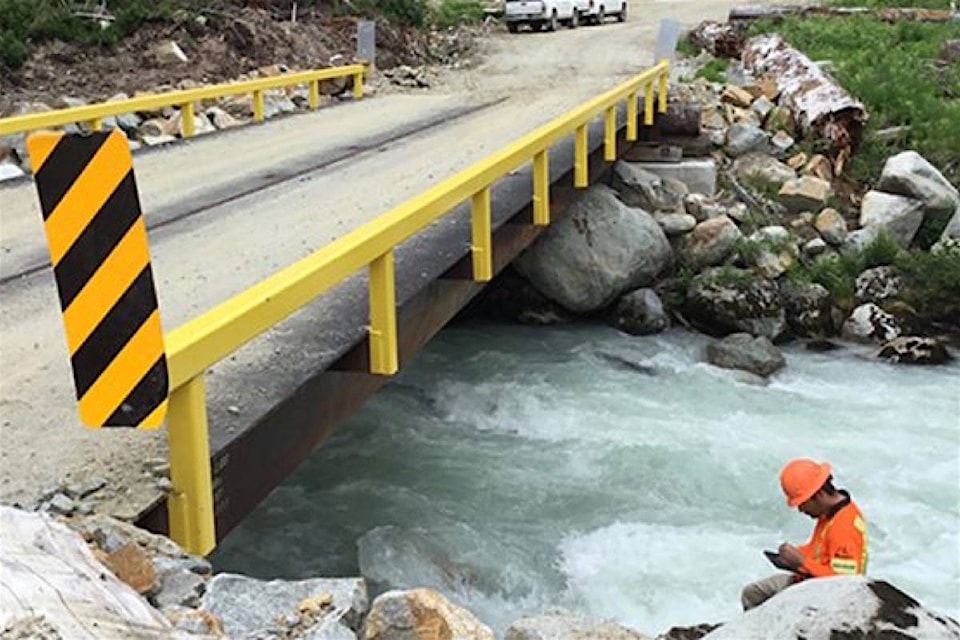B.C.’s 58,000 km of forest service roads are increasingly being kept open for residential, industrial and recreational access, and maintenance is not keeping up, Auditor General Michael Pickup says.
An audit of the Crown land resource road network found that of the inspected bridges and major culvert crossings on forest service roads, 48 per cent of high-priority repairs were overdue. The main reason was lack of money, as natural resource districts received only a quarter of the requested maintenance funds from 2017 to 2020.
“The ministry did not complete necessary maintenance and repairs on roads, bridges and major culverts,” Pickup said. “It is important to note that in 2019-20, natural resource districts only received about 25 per cent of their budget requests for maintenance on priority roads, and almost $9 million of high-priority maintenance and repair work went unfunded.”
In more than 500 cases, the load limits were reduced on crossings to reduce the risk of collapse or further damage. Pickup said the maintenance gap, and lack of records, presents environmental as well as safety risks.
In its response to the audit, the forests ministry accepted recommendations to improve record keeping and engineering assessment on the huge network of roads, with a new land management system that has been in development since May 2019. Its priorities have shifted in the past three years to roads that are maintained for ongoing access, in some cases the only access for remote communities.
“Historically, forest service roads were built, maintained and deactivated by the forest industry for log-haul purposes,” the ministry said in its response. “However, forest service roads are now more broadly used by the public, and government has had to re-examine its mandate, placing more focus on access to rural communities and residences, and wilderness access for commercial and recreational purposes.”
Pickup highlighted the Finlay Forest Service Road, B.C.’s longest at 420 km along the Williston reservoir on the Peace River, in the vast Mackenzie natural resource district.
“Since it provides the only road access to the remote Kwadacha (formerly Fort Ware) and Tsay Keh Dene Nations, and the only land-based escape route in the event of flooding or wildfires, maintaining it is important,” the audit states. “The district maintains approximately 208 km of the road, with the rest maintained by industrial road use permit holders.”
RELATED: B.C. returning to ‘stand-alone’ forests ministry
RELATED: Forest industry protests caribou protection plan
The evolution of B.C.’s vast forest road network is reflected in the ministry name, which is now officially the Ministry of Forests, Lands, Natural Resource Operations and Rural Development.
In his mandate letter to newly appointed Forests Minister Katrine Conroy, Premier John Horgan has directed that the ministry be split in two, reversing a consolidation that was completed during former premier Gordon Campbell’s tenure.
Newly elected Stikine MLA Nathan Cullen has been assigned the task of reorganizing the huge ministry into two government departments. That will leave Kootenay West MLA Conroy with a focus on forests and rural development as B.C.’s first female forests minister. Cullen, a long-time northwest B.C. MP appointed “minister of state” or assistant to Conroy, will likely end up in charge of the vast Crown lands and resource roads that wind through them.
@tomfletcherbc
tfletcher@blackpress.ca
Like us on Facebook and follow us on Twitter.
